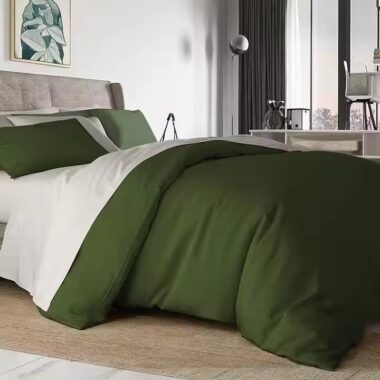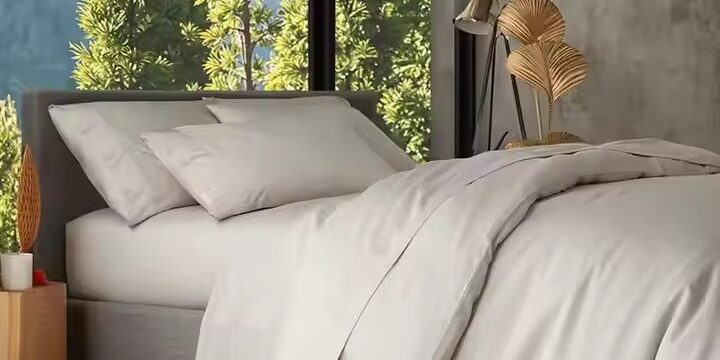🛏️ How Often Should Hotel Linens Be Replaced?
Hotel linens are one of the most important investments for any hospitality business. They impact guest comfort, hygiene, and the overall impression of your property. But a common question we hear is: how often should hotel linens be replaced? The answer isn’t one-size-fits-all — it depends on several factors like material quality, usage frequency, and care.
Here’s what you need to know to make smart decisions and keep your bedding fresh, inviting, and cost-effective.
1. The Typical Lifespan of Hotel Linens
Generally speaking, high-quality hotel linens can last anywhere from 18 months to 3 years, depending on usage and maintenance. Premium fabrics such as long-staple cotton or durable cotton blends tend to stretch closer to the upper end of that range.
2. Factors That Affect Linen Replacement Timing
-
Frequency of Use and Washing: Linens in busy hotels with daily washing cycles wear out faster due to repeated exposure to water, detergents, and mechanical agitation.
-
Fabric Quality: Higher thread counts and better materials naturally extend linen lifespan. Cheaper fabrics might show wear much sooner.
-
Laundry and Care Practices: Proper washing temperatures, gentle detergents, and professional laundry services can significantly slow down fabric degradation.
-
Guest Expectations: In luxury or boutique hotels, linens may be replaced more frequently to maintain flawless appearance and premium feel.
-
Visible Wear and Tear: Holes, thinning fabric, frayed edges, fading colors, and loss of softness are clear signs it’s time for replacement.
3. Why Timely Replacement Matters
-
Guest Comfort & Satisfaction: Nothing ruins a guest’s experience like rough, stained, or worn-out linens. Fresh bedding helps create a welcoming, clean atmosphere that guests appreciate.
-
Hygiene & Safety: Overused linens can harbor bacteria and allergens, which is a big concern especially in today’s health-conscious environment.
-
Brand Image: Crisp, clean linens reflect professionalism and attention to detail, strengthening your hotel’s reputation.
-
Operational Efficiency: Worn linens are harder to clean and dry, increasing laundry costs and labor time.
4. How to Optimize Linen Replacement
-
Track Usage: Implement inventory management systems that monitor linen use and condition regularly.
-
Set Replacement Schedules: Establish replacement policies based on your hotel’s occupancy rate and linen quality.
-
Invest in Durable Bedding: Partner with trusted suppliers who offer durable, high-performance fabrics designed for hospitality use.
-
Regular Quality Checks: Train housekeeping staff to spot and report linen damage early.
Final Thoughts
Replacing hotel linens is an ongoing investment that directly influences guest experience and operational costs. By understanding when and why to replace your linens, you can maintain a consistently high standard while optimizing your budget.
📩 Need help selecting durable hotel linens that stand the test of time?
Contact us today to explore our wide range of premium bedding options designed for long-lasting comfort and reliability.









